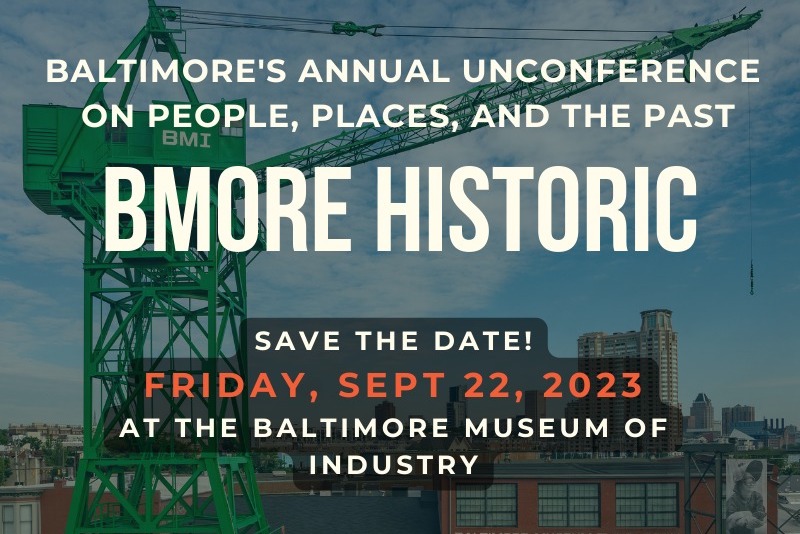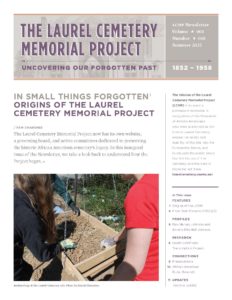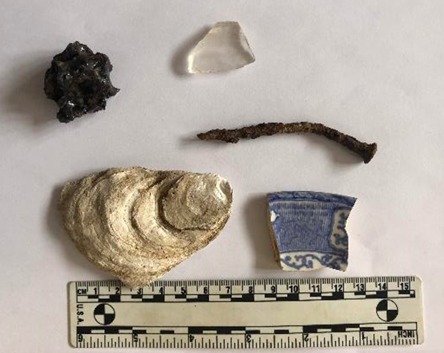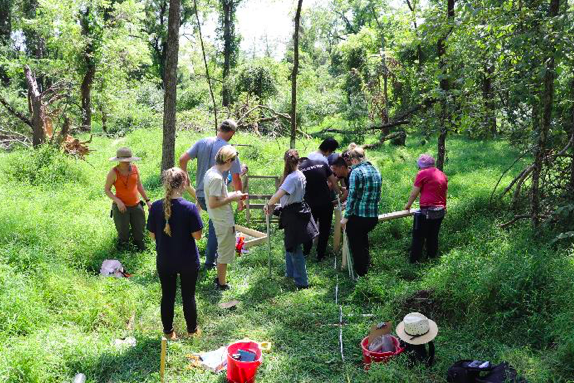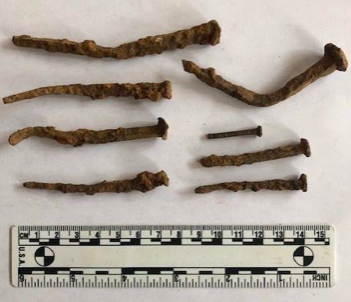Join us for an exciting lecture series this spring at the historic Garrett-Jacobs Mansion, also known as the Engineers Club. One Sunday afternoon each month from March through May, join us for an in-depth talk by a subject matter expert all the while sitting in a gorgeous Gilded Age mansion. Learn more and sign up for each lecture below! And don’t forget to check out our calendar to see all of our upcoming tours and events.
–Johns Hopkins, Executive Director
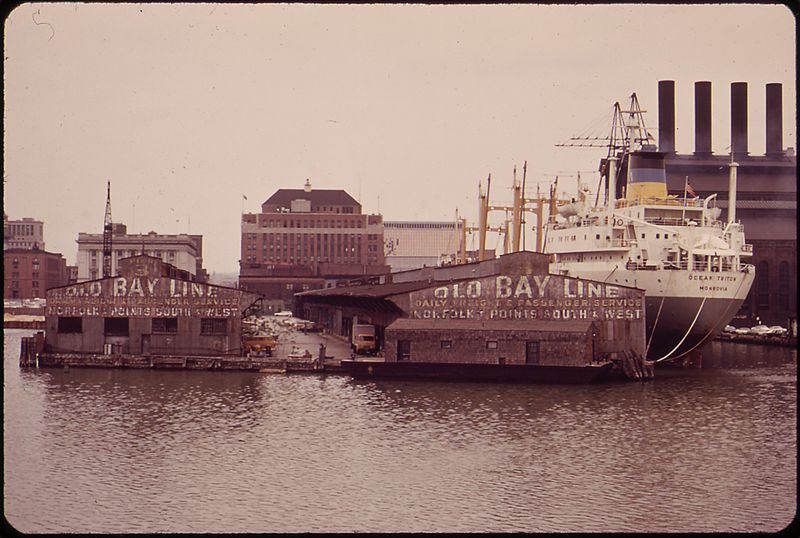 Baltimore Mid-Century: A Talk by Jack Burkert
Baltimore Mid-Century: A Talk by Jack Burkert
On March 30, join historian Jack Burkert to discover how the 1950’s made lasting changes to the way people lived, how they moved in and around the Baltimore region, and where they found employment. From the early “crisis” in absorbing returning veterans and new families, to the way those new families would seek entertainment and recreation, Baltimore would be a far different place in 1959 than it was in 1950. Automobiles and the highways they rode on took over. The “Red Scare” went local, labor strikes sparked unintended consequences while hula hoops, poodle skirts and fast food became modern trends. A decade many recall, but few realize how much of Baltimore’s 21st century had roots in the 1950’s. March 30, 2:00 pm – 3:00 pm. $10-$15. Register here!
 Below Baltimore: An Archaeology of Charm City by Adam Fracchia
Below Baltimore: An Archaeology of Charm City by Adam Fracchia
Join us on April 6 to hear archaeologist Adam Fracchia discuss his work in Baltimore and his new book, Below Baltimore: An Archaeology of Charm City. Join Dr. Fracchia to explore the layers of the city’s material record from the late seventeenth century to the recent past by focusing on major themes around Baltimore’s growth into a mercantile port city, the city’s diverse immigrant populations and the history of their foodways, and the ways industries—including railroads, glass factories, sugar refineries, and breweries—structured the city’s landscape. April 6, 2:00 pm – 3:00 pm. $10-$15. Register here!
 Sites of the Baltimore Slave Trade: A Talk by Richard Messick
Sites of the Baltimore Slave Trade: A Talk by Richard Messick
Join us on May 18 to hear Baltimore researcher Richard Messick discuss the growth of the domestic slave trade in Baltimore, the various methods and locations of sale, and some of the more notorious traders in the business of selling people. After its incorporation in the late 18th century, the population of Baltimore grew very quickly along with the expansion of the new country. The market for the sale of people that grew up in the Mid-Atlantic region was also extensive. Although many of the associated buildings no longer exist, Richard Messick’s research and mapping project show the deeply interwoven relationship between the trade of human beings and our streets of Baltimore. May 18, 2:00 pm – 3:00 pm. $10-$15. Register here!






